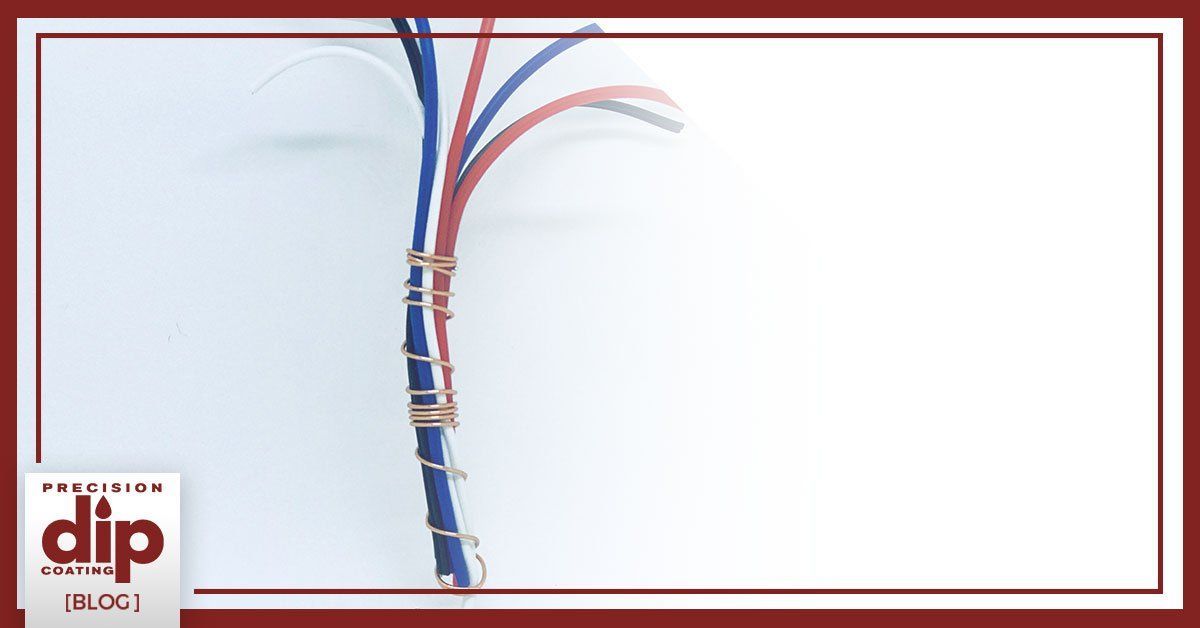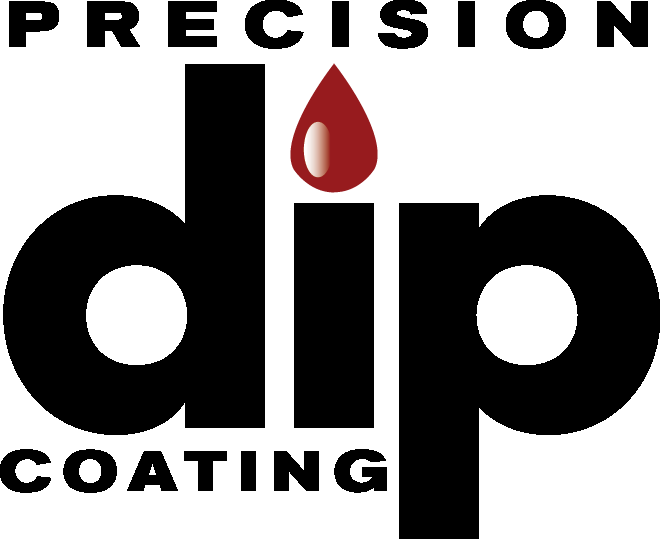Your Guide To Powder Coating Colors

Whether applied by spray or fluidized bed, powder coating is one of the most versatile techniques to achieving attractive, durable, functional, and long-lasting protective coatings for metal and other heat-tolerant surfaces. While a variety of plastic formulations are available for coatings, you may wonder about coloring them.
What Colors Are Available for Powder Coating?
From hundreds of solid colors to special effects, powder coating offers a wide and versatile range of colors. To create these effects, powder manufacturers color plastic resin before grinding it into the powder we later use to coat your parts and products. With some coatings that are more vulnerable to UV light, such as epoxy, colors may fade or become chalky with long-term exposure. UV-stable coatings, such as polyester, will easily maintain consistent colors over time when exposed to UV light.
Solid Colors
Powder coatings are available in virtually any solid color imaginable. From RAL classic colors to nuanced shades between them, the sky's the limit.
Mixing Colors
Powder coating colors won't blend together to form a uniform, new color in the way that a substance such as paint will do. Instead, combining powder coat colors is like mixing colored sand or salt and pepper together — the overall effect may be the desired color, but closer examination will show particles of both colors scattered throughout the surface.
Special Effects
Innovations in powder coating allow an exciting array of visual effects and textures to be created with this versatile technique. These include:
- Metallics that sparkle and glitter
- Translucents that add depth
- Textures to add a specific feel, such as sandpaper, rubbery, veined, wrinkled, stone, and more
At Precision Dip Coating, we have decades of experience in powder coating with a variety of materials, including polyester, epoxy, nylon, Halar, and more.
Contact us today to take advantage of our plastics coating expertise.






